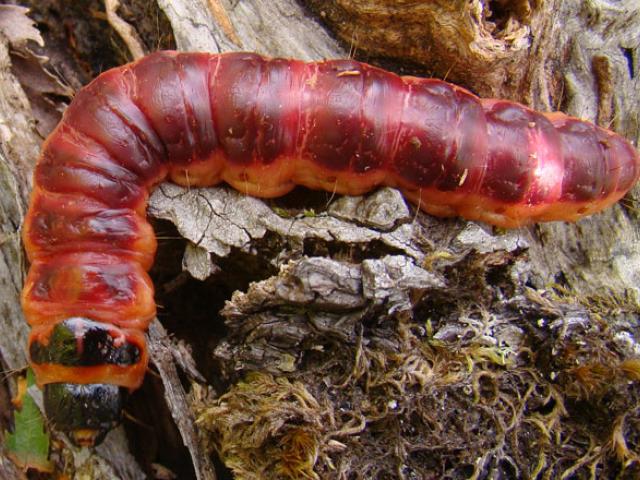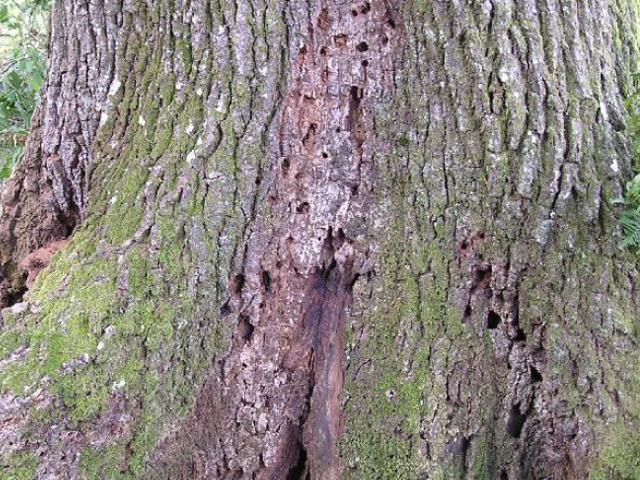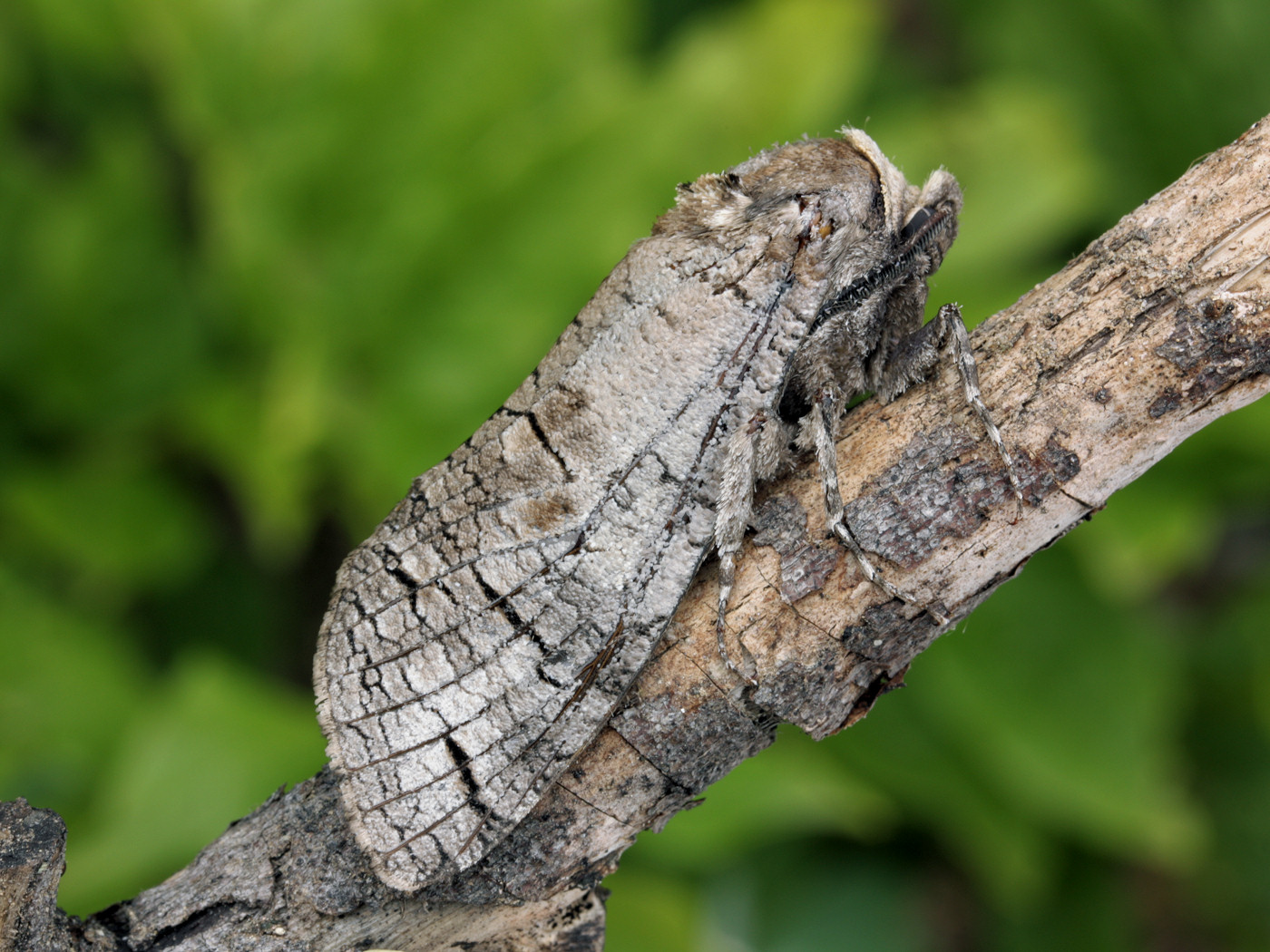Each month we’ll be finding out more about a species of butterfly or moth. This month, we’ll be taking a look at the Goat Moth!
Common name: Goat Moth
Scientific name: Cossus cossus
Size: The adult has a wingspan up to 95mm and the caterpillars can grow up to 10cm long
When does it fly: Between June and July
Where does it like to live: The Goat Moth likes to live life on the edge…of woodlands, riverbanks, fens, marshes, parkland, golf courses, and hedgerows.
Where you can see it: The Goat Moth is found in scattered areas across England, Scotland and Wales.
Amazing fact: Goat Moth caterpillars can live for up to five years!
“You have to love the Goat Moth and its peculiarities. A moth that spends up to five years munching away as a caterpillar only to emerge as an adult without the ability to eat at all. A great example of the weird and utterly wonderful world of moths.” – Emma Butler, Head of Communications & PR at Butterfly Conservation
As moths go, this one is an absolute unit. One of our heaviest moths in the UK, the Goat Moth has a wingspan of up to 95mm and the caterpillars can reach 10cm long.
The caterpillars use their powerful mandibles to burrow into broadleaved trees like Oak, Ash and Willow which they then make their home for up to five years. They spend that time growing, feasting on the wood of their burrow, until they are ready to pupate.

While eating, the Goat Moth caterpillars produce waste and fermented sap which leak out of their burrow hole, attracting other species of insects. The Red Admiral is a particular fan of these sap ‘runs’, but so too is a rare fly, Xylotachina diluta, which is a parasite of the Goat Moth caterpillars. After eating and pooping inside of a tree for five years, we can probably forgive the Goat Moth caterpillars for being a bit whiffy – in fact, it’s their ‘goaty’ smell which gives the moth its name.

Around August or September, once fully grown, the caterpillars tend to leave their burrows and head out to find a spot on the ground where they can create a comfy soil cocoon and begin the process of pupating. Some prefer to stay in their tree burrow to pupate – there’s no place like home
The adults tend to emerge in June or July when they fly at night. The adults aren’t capable of eating, instead focusing their efforts on breeding. The patterns on their wings imitate the cracked bark of the trees they rest in during the day.
Sadly, this fascinating species is nationally scarce and its numbers have been decreasing since the 1960s.
As part of Butterfly Conservation’s Moths Matter campaign, we'll be celebrating all things moth over the next few months.
Look out for the #MothsMatter hashtag on social media to get involved


